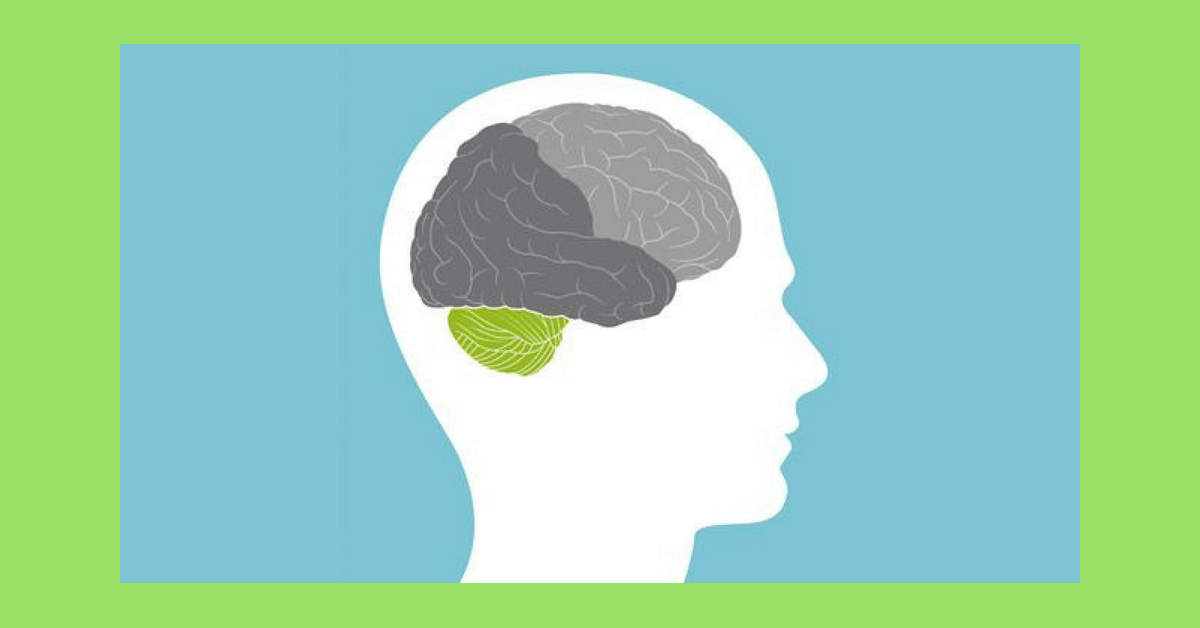Hormones and vitamins function (and dysfunction) together. We will see more and more of this in the future. Once again, hormones link elegantly with nutrients to offer protection and a greater chance of healthier nerve function, fewer symptoms, and of warding off disease.
Researchers at Emory University have discovered that Vitamin D, along with progesterone, boost each other’s neuroprotective actions. In this new era of enlightened functional medicine, getting at the root cause of illness, not just tamping down the symptoms, and mixing vitamin and hormones, is the wave of the future.
The marriage I am speaking of here is the combination of progesterone and vitamin D. Progesterone and vitamin D together have multiple effects that healthfully stimulate various anti-inflammatory and pro-survival nerve pathways. They also act in concert to tamp down and inhibit the production of nasty, damaging molecules, such as cytokines (molecules of inflammation).
The combination of progesterone replacement and vitamin D supplementation in traumatic brain injuries is a novel and compelling approach. Both progesterone and vitamin D have high safety profiles, and are very inexpensive. Animal models show that combining the two works better than administering progesterone by itself.
It is estimated that up to 80% of the elderly are vitamin D deficient. Many suffer with variations on the theme of neurological disorders. The combination therapy of progesterone and vitamin D offers inexpensive and safe hormonal/nutrient neurological repair, when given in the appropriate dosages. And if we want to preserve our nerve and brain integrity in day-to-day living, especially if we have health issues that are linked to nerve disease (such as brain trauma, MS, Parkinson’s disease, or are at high risk of stroke), we need to consider vitamin D levels and possible progesterone replacement, even in menopausal women without a uterus and in the men who love them.

